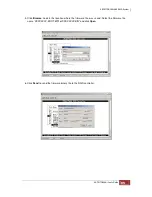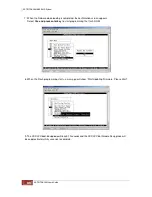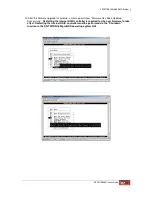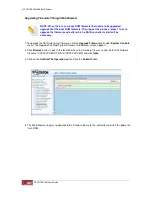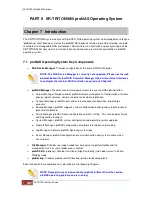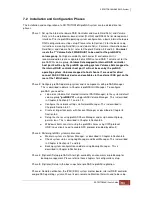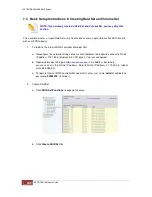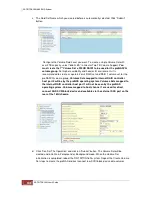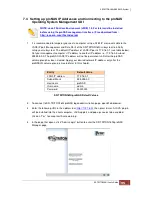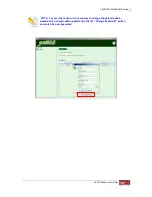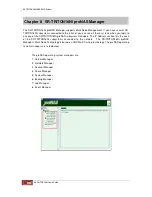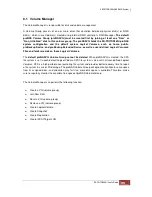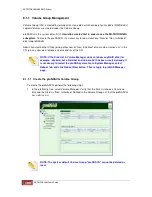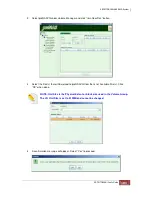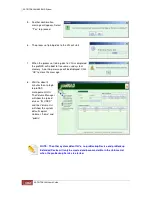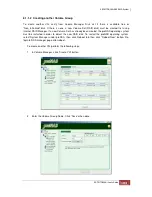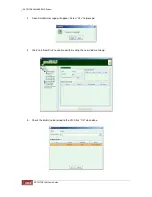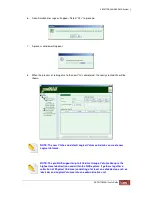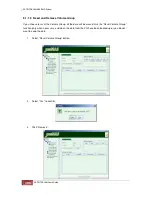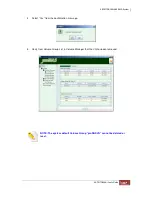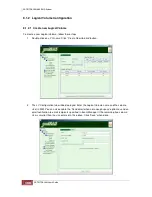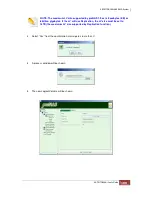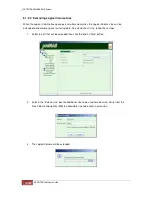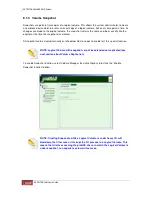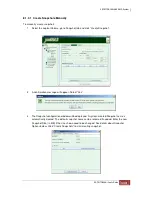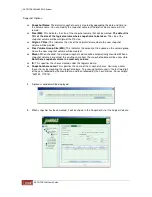
8.1 Volume Manager
The Volume Manager is responsible for disk and volume management.
A Volume Group consists of one or more disks that could be individual physical disk(s) or RAID
disk(s), which is/are Volume(s) created using internal RAID controller’s RAID Manager.
The default
proNAS Volume Group (proNASVG) must be created first by joining at least one “New” or
“Non_Initialized” disk to this volume group. The proNASVG holds the SR-TRITON16Ni proNAS
system configuration and the default system Logical Volumes, such as home, public,
proBackup Device, and proBackup Extended Device, as well as user-defined Logical Volumes.
Files and folders reside on these Logical Volumes.
The
default proNASVG Volume Group cannot be deleted
. When proNASVG is created, the XFS
file system is set in each default Logical Volume. XFS file system is also set in all user-defined Logical
Volumes. XFS is a high performance journaling file system and provides better recovery time to repair
a file system in case of FS damage. The proNAS Volume Group will dynamically allocate some space
from its assigned disks, and allocation may fail if no more disk space is available. Therefore, make
sure to regularly monitor the available free space of proNAS Volume Group.
The Volume Manager can perform the following function:
♦
Create a VG (volume group)
♦
Join New Disks
♦
Reset a VG (volume group)
♦
Remove a VG (volume group)
♦
Create Logical Volume
♦
Create Snapshot
♦
Create Replication
♦
Create iSCSI Target LUN
Summary of Contents for TRITON 16Ni
Page 1: ...SurfRAID TRITON 16Ni User s Guide Revision 1 1...
Page 40: ......
Page 41: ......
Page 42: ......
Page 43: ......
Page 67: ...5 3 7 Stop Volume Check Use this option to stop current running Check Volume Set process...
Page 111: ...4 Verify the new LV size...
Page 135: ...4 The iSCSI logical volume capacity is extended...
Page 236: ...2 Select Set LAN Configuration and press Enter key 3 Setup LAN Configuration...
Page 247: ......

